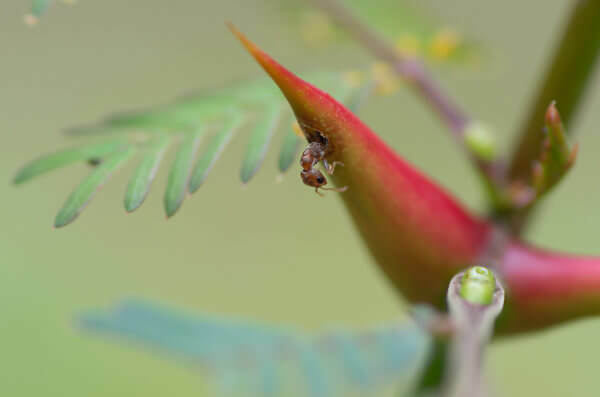THE protocooperation or facultative mutualism is a type of ecological relationship where the organisms involved are benefited from the interaction, however are not harmed by its end. This means that protocooperation is an ecological relationship optional.
Ecological relationships happen all the time, since it is practically impossible for a living being to exist without interacting at some point with another. They exist different types of relationships ecological, being some beneficial for all involved, some beneficial for some and indifferent to others, and others that cause some kind of harm to one of the parties. There are also interactions that involve only individuals of the same species and those that involve individuals of different species.
Protocooperation is a relationship of the type harmonic interspecific. This means that this ecological relationship occurs between organisms of different species. (interspecific), and the organisms involved benefit from this interaction, none of which impaired (harmonic).
Read too:What are ecological relationships?
→ Protocooperation or mutualism?
Protocooperation is also calledmutualism optional, this is because the participants benefit, but normally live independently. At the mandatory mutualism, often called just mutualism, we find an obligatory relationship, in which individuals need that interaction. An example of this last case is the lichen, in which we verified the interaction between fungi and seaweed or between fungi and cyanobacteria.
Protocooperation (mutuoptional list) |
Mutualism (mandatory mutualism) |
Organisms of different species benefit from the interaction, but they can live independently. |
Organisms of different species benefit from the interaction, but the relationship is necessary. |
→ Examples
Protocooperation is an ecological relationship that can be observed between various organisms. See below some examples of this important agreement that benefits everyone involved:
Acacia and ant: Acacia is a plant that benefits from interaction with ants, as these animals protect the trees from herbivory, of fungi, and also cut the vegetation that grows next to this plant. Ants, on the other hand, benefit from finding shelter inside the thorns of the acacia and food.

Acacia and ant establish an ecological relationship in which both benefit.
Sea anemone and hermit crab: In this ecological interaction, the hermit crab transports the sea anemone, which confers benefits for both. The crab gets protection, since the sea anemone presents in its tentacles cells that release stinging substances. Anemones, on the other hand, have a larger area for searching for food, as they do not actively move around.

The anemone is carried by the crab, in a beneficial interaction for both.
Mammals and birds: Many birds feed on ticks present in the skin of some mammals, such as oxen and buffaloes. While mammals get rid of parasites present in their body, birds get food.
Remember that at all examples, relationships are beneficial to those involved, however, everyone can live good without this interaction ecological.

Some birds feed on ticks present on the skin of mammals.
→ Exercise solved
|
(UFMA) Tick the option where you can find an example of protocooperation. a) Relationship between buffaloes and birds. b) Association between certain fungi and the roots of certain plants. c) Relationship between corals. d) Relationship between ferns that live on trees. e) Relationship between fungi that secrete antibiotics, preventing the multiplication of bacteria. |
Reply: The correct answer is letter “a”. The relationship between buffaloes and birds is an example of protocooperation, as these organisms can live separately, while the association between them is beneficial for both. While buffaloes benefit from the removal of ticks by birds, birds benefit from getting food.
Read too: Commensalism
By Ma. Vanessa Sardinha dos Santos
Source: Brazil School - https://brasilescola.uol.com.br/biologia/protocooperacao.htm
